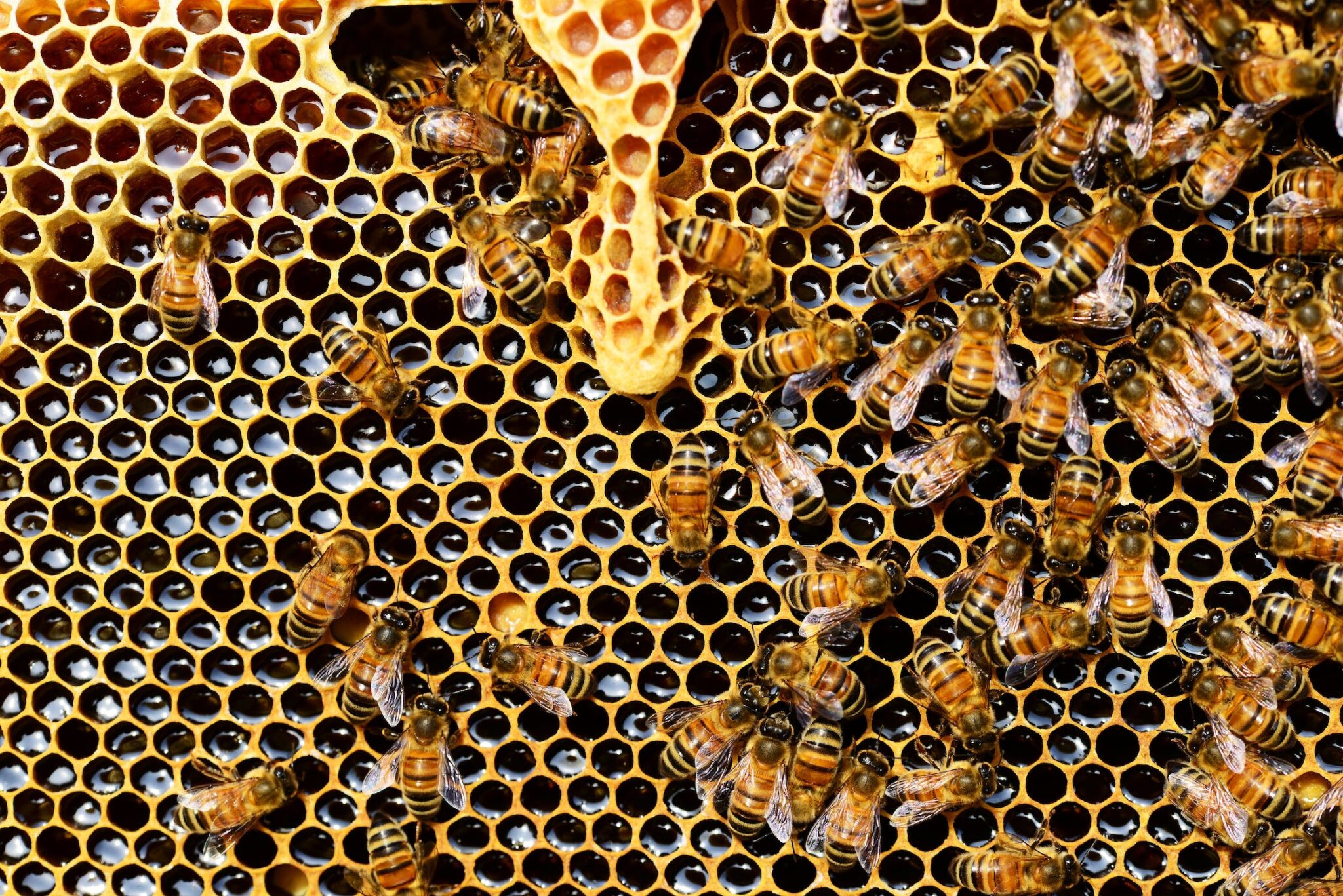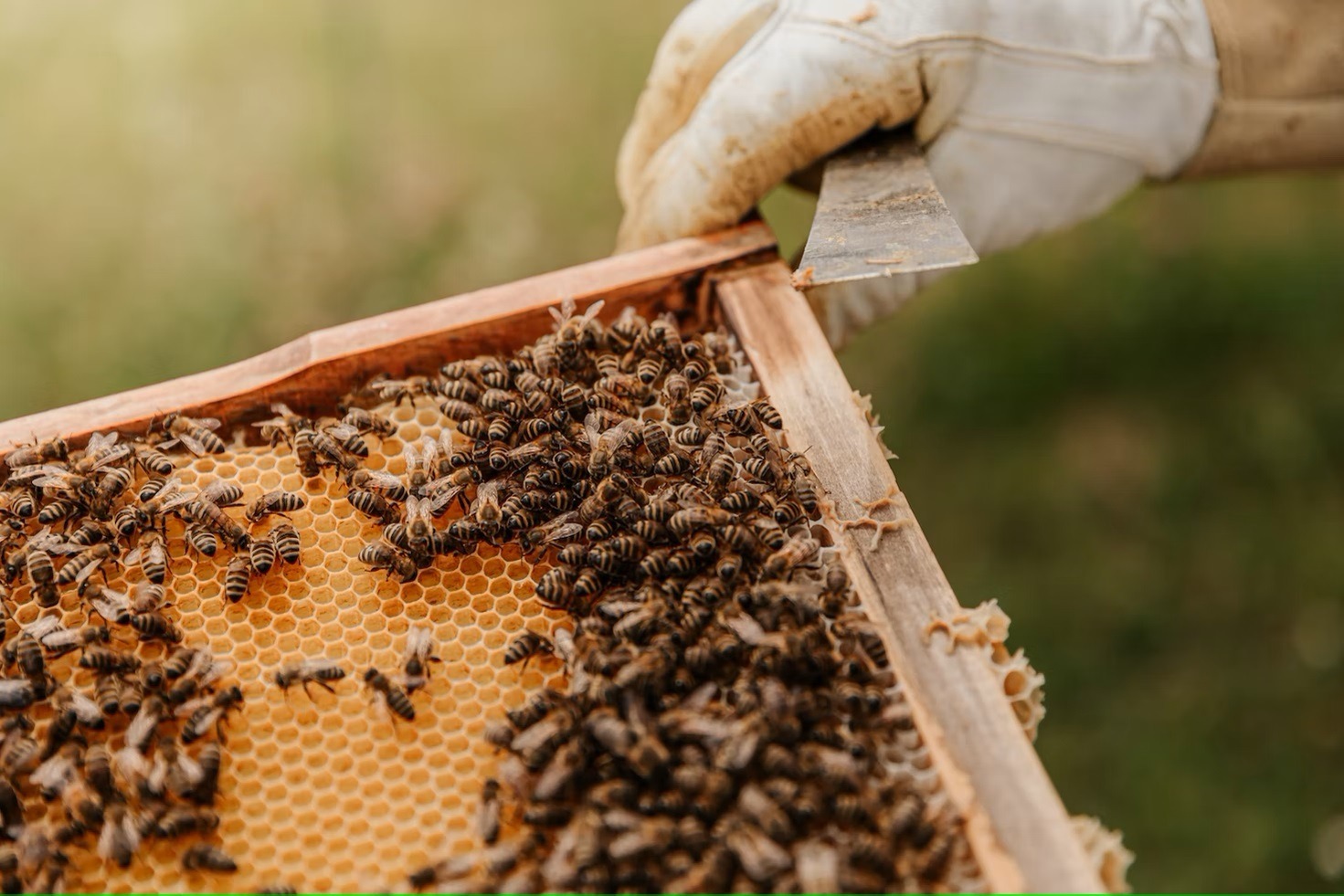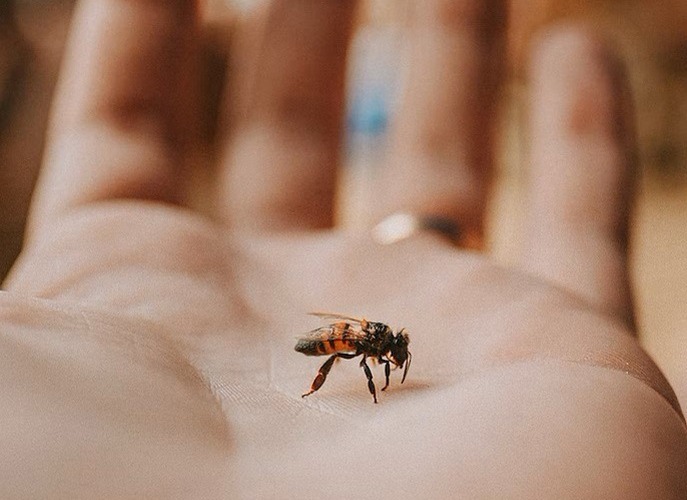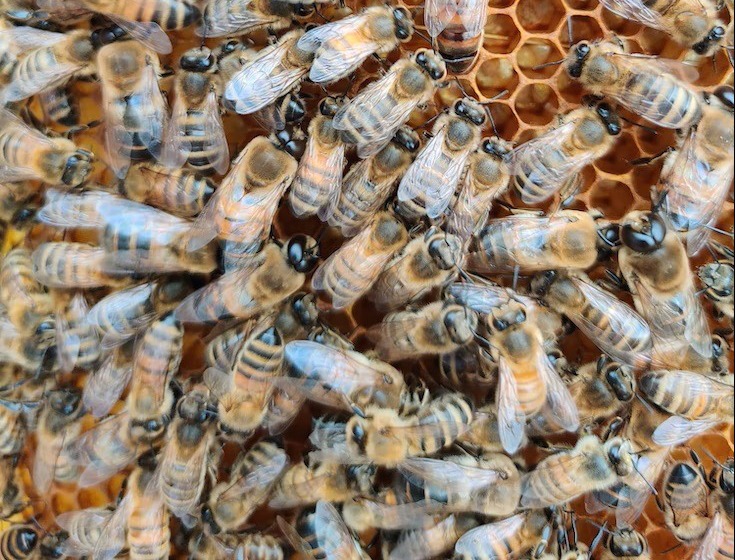Read on if you’re interested in learning more about raising bees. Whether you’re a backyard beekeeper, homesteader, hobby farmer, or a small farmer seeking to start a business selling honey and other bee products, we’ll go through the fundamentals of beekeeping for the beginner. Keeping bees is a relatively simple skill to learn.
What is Apliculture?
Apiculture is the term used to describe the scientific method of rearing honeybees. The Latin word “apis,” which means bee, is where the word “apiculture” originates. Beekeeping, or apiculture, is the practice of breeding honey bees for the production of honey and wax. This method involves raising bees for profit in apiaries, which are large areas where several beehives can be housed. Apiaries are typically built in places with ample bee pastures, like those with flowering plants.
Products Obtained
The primary reason bees are raised is for their honey. Beekeeping is yet another method through which we can obtain beeswax. Plants that secrete sweet substances allow bees to make honey. Beeswax is also quite significant from a commercial standpoint, even though honey is a key component in many cuisine recipes. In addition to coating cheese and being a culinary ingredient, it is utilized in the cosmetic and medicinal industries. Additionally, it serves as the primary ingredient in the creation of candles and polishes for furniture, shoes, and other items.
Importance of Beekeeping
One of the countless insects that can produce a product that is advantageous to everyone on the entire world is the bee. As we are all aware, these bees give us honey, which is an essential part of the human diet. Since honey is an antioxidant and has been utilized for medical purposes since ancient times, beekeeping is a significant activity.
The following are beekeeping’s key benefits:
- Provides honey, the most valuable food source of nutrients.
- Provides bee wax, which is utilized in a wide range of industries including the medicinal, polishing, and cosmetics industries.
- Has a great impact on pollination. Honey bees are the excellent pollinators that help increase the yield of various crops.
- Recent research suggests that the honey bee’s venom contains a combination of proteins that may one day be used as a prophylactic to eliminate the HIV that causes AIDS in humans.
Three Questions to Consider Before You Start Beekeeping
You can evaluate yourself by responding to these three questions, which is a terrific approach to get started on the road to success as a beekeeper.
Does Nature Fascinate You?
In the spring, have you ever seen a blossom with a different color than the others? Do you stop and think when you see a bird bathing? Do you enjoy watching animal documentaries and the like?
Although you don’t have to be an environmental activist to take care of your bees, you will need to learn about the ecosystem they will be living in.
Do You Like the Outdoors?
It’s not necessary to be an expert mountaineer. But since beekeeping is essentially an outdoor job, you’ll need to watch your bees as they go about their daily lives even when you’re not harvesting or examining the hive.
It won’t do to use the little spy kit you received for your 12th birthday. If there is a reason for concern, you should keep an eye on their movements around the hive’s entrance because the first sign of trouble is probably outside.
Are You Allergic to Bee-Stings?
Beekeeping as a “life or death” situation wouldn’t be much fun unless you’re an adrenaline seeker. Itching, redness, and swelling surrounding the sting are typical reactions to being stung, which will inevitably happen to you as a beekeeper.
If you’re unsure whether you’re allergic to bee stings, see a doctor first. They can make a determination with the help of a blood sample, and they will then advise you accordingly.
Working at the Beehive
A colony of bees contains anywhere from 10,000 to 60,000 of them. But there is a clear division of labor, so not all of them go around gathering nectar. Numerous eggs are laid by the queen bee and other female bees. The length of time that larvae are fed royal jelly after hatching determines whether they will serve as workers or queens. The worker bees actually collect nectar; the male drone bees’ only duty is to assist in fertilizing the eggs laid by the queen.
The Queen
One queen bee, the only fertile member in the colony, will live in each hive. She departs the hive in one of two ways: as a virgin queen seeking a mate, or occasionally as an experienced queen leading a swarm. Prior to landing at the hive, the queen visits a “drone aggregation area” to mate with up to 80 drones. For the remainder of her life, which may be up to 5 or 6 years, she will store all of this sperm for use.
All of the eggs for the colony will be laid by the queen, who will “decide” whether to lay drones (unfertilized eggs) or workers (fertilized eggs).
The Worker Bees
The majority of foraging, feeding of young, honey production and storage, wax production, cleaning, and guarding the hive are all carried out by sterile female worker bees. Throughout her lifetime, which can be as long as 4-6 weeks during the active season, each worker bee performs a number of tasks. As they get older, their responsibilities will get riskier and necessitate going farther from the hive.
The Drones
In the hive, the only male bees are drones. By mating with virgin queens from different colonies, they serve the sole function of dispersing the genetic makeup of the colony. After mating, they pass away as happy bees. Drones that fail come back to the hive to devour honey and pollen. Drones are driven out of the hive by worker bees once swarm season is finished because they are a resource drain.
Common Varieties of Bees
Since only bee species whose names begin with “Apis” are capable of producing honey, beekeepers typically exclusively care for those species. The following are some common honey bee species that are raised:
- Apis dorsata: This species is also known as the rock bee. This enormous bee makes between 38 and 40 kilogram of honey every colony.
- Apis indica: This species is also known as the Indian bee. It is frequently used to produce honey and is easy to domesticate. Each colony produces 2 to 5 kilogram of honey annually.
- Apis florea: The little bee is another name for Apis florea. Since it rarely stings, getting honey out of its hive is easy. Each colony makes roughly 1 kg of honey a year.
- Apis mellifera: The Italian bee is another name for Apis mellifera. Like the small bee, this species dances in a relatively predictable pattern to advertise the presence of food. As implied by its common name, this species is not indigenous to the region. However, beekeepers frequently raise it due of the great amount of honey that is produced.
Self Preparation for Beekeeping
Before starting a beekeeping experience, there are a few things to think about, so decide if it’s the proper endeavor for you before you start.
Study All About Bees
Learning as much as you can about bees is the first step to becoming a good beekeeper. You might observe something different each time you enter your hive because of all the factors that could influence your honeybees. Beekeepers need to be flexible in their capacity to understand why bees are acting a certain way and how certain behaviors may effect their well-being in order to make the right management decisions
Learn How Bees Make Honey
Let’s take a step back and thoroughly grasp how a hive functions and what bees perform before you dive in and begin ordering materials. Bees construct nests in the wild, travel to flowers to collect nectar, and then bring the nectar back to the hive, where it is gathered in combs and gradually transforms into honey.
Connect with Your Local Beekeeping Organizations
In beekeeping, some information may be region-specific. Due to the nature of beekeeping, having trustworthy local resources at your disposal, such as someone who can inspect your hive or help you locate your queen if necessary, can increase your chances of success. Find the local beekeeping association in your area and attend meetings. Some associations provide mentors, who will be of great assistance to you in your first season.
Learn How to Set Up your Beehive
A beehive is necessary for beekeeping. In the wild, bees build their own hives, which can be found everywhere but are usually found in hollow tree trunks or other safe places. You will provide your bees a built hive as a backyard beekeeper so you can facilitate colony management and conveniently collect honey.
The beekeeper in the backyard or on a bigger scale has a few distinct options. The most prevalent varieties are Langstroth and top-bar hives.
Learn About Beekeeping Tasks
What goes into maintaining your bees? The best way to organize beekeeping duties is by season, much like gardening. The optimal time to establish your hive is in the spring so that the colony you start with has time to mature, lay brood (baby bees), multiply, and store honey before the onset of winter.
Step-by-Step Guide for Beginners
If you’ve never kept bees before, you might not know where to begin. However, if you’re interested in keeping bees, the list below will walk you through the process step by step, from ordering the bees to selecting your hive to getting everything ready for when they arrive.
Order Bees
It may seem odd to order bees before assembling your beekeeping setup, but it’s crucial since by the time spring has fully sprung, most places don’t have bees for sale. You should order your bees in January for delivery or pick-up in April or May.
Asking about for bees can be done at local beekeeping associations. Additionally, you must choose whether package bees, nucs, swarm catching, or purchasing an established hive are the best options for you. Each one has benefits and drawbacks.
Choose Your Hive System
In beekeeping, there are two basic methods employed. One of them is referred to as the Langstroth hive, and it is made up of boxes that are piled on top of one another and each one has frames where the bees construct their comb and keep honey. In order to access the bees, collect honey, and carry out maintenance duties, you pull the boxes out like drawers. If your hive requires additional space, you can add boxes vertically.
The other type of hive is a top-bar hive, in which the bees’ frames are stacked horizontally rather than vertically. In this approach, the bees construct comb without foundation. The top of each bar, which contains honey and comb, is lifted out of the hive.
You must determine which system best suits your requirements. A Langstroth hive is what most beekeepers use.
Gather Beekeeping Supplies
Supplies must be purchased up front in order to keep bees. You’ll need to buy a hive once you’ve chosen the type, but you’ll also need some beekeeping equipment, safety gear, and food supplies. You can also brush up on your knowledge of bees by reading several books on beginning beekeeping.
Introduce Bees to Hive
Now for the enjoyable part! Now that the bees have arrived, it’s time to construct the hive and settle them in. The bees must be introduced to their new home in a secure and comfortable environment. Setup will differ based on whether you are picking up a NUC in person or receiving one by mail.
The mail-order variety will include a queen who is acclimated to the hive over a few days and is packaged in her own tiny wooden box. To get her out of her tiny box and into the rest of the hive, worker bees chew through a candy plug.
If you begin with a NUC, the bees will already be accustomed to their queen and have begun to construct comb. Then just sit back and watch them settle in while you watch the comings and goings.
Keep Your Bees Healthy and Happy
Bees require constant attention on a month-to-month and seasonal basis. However, they don’t take up a lot of time. Although you must occasionally check on them, the majority of what you’ll do to keep your bees happy will be observation. Even just seeing hive activity can be calming and educational. From establishing the bees in the spring to harvesting honey to preparing the hive for winter, you can arrange beekeeping duties by season.
Conclusion
As obviously demonstrated, beekeeping is generally a good work at home job. It all depends on your interest and preferences.









